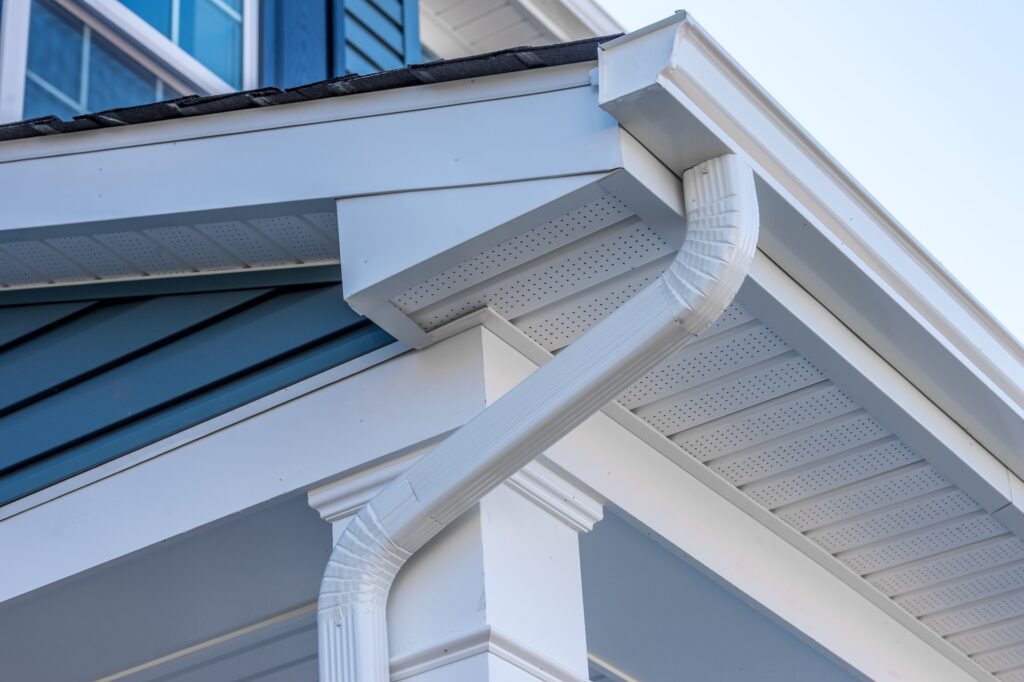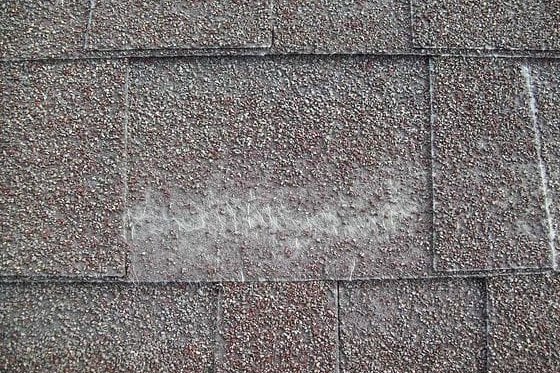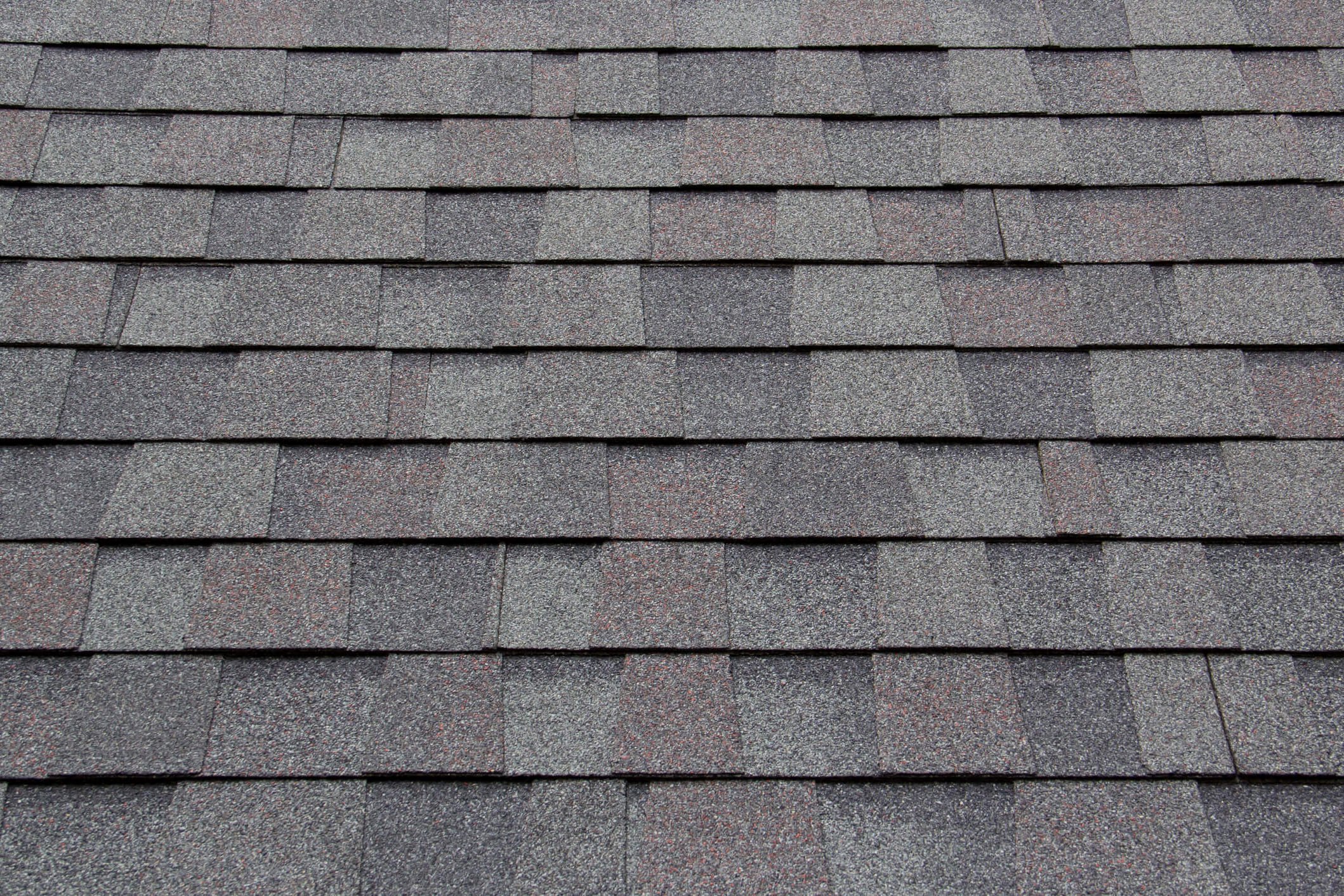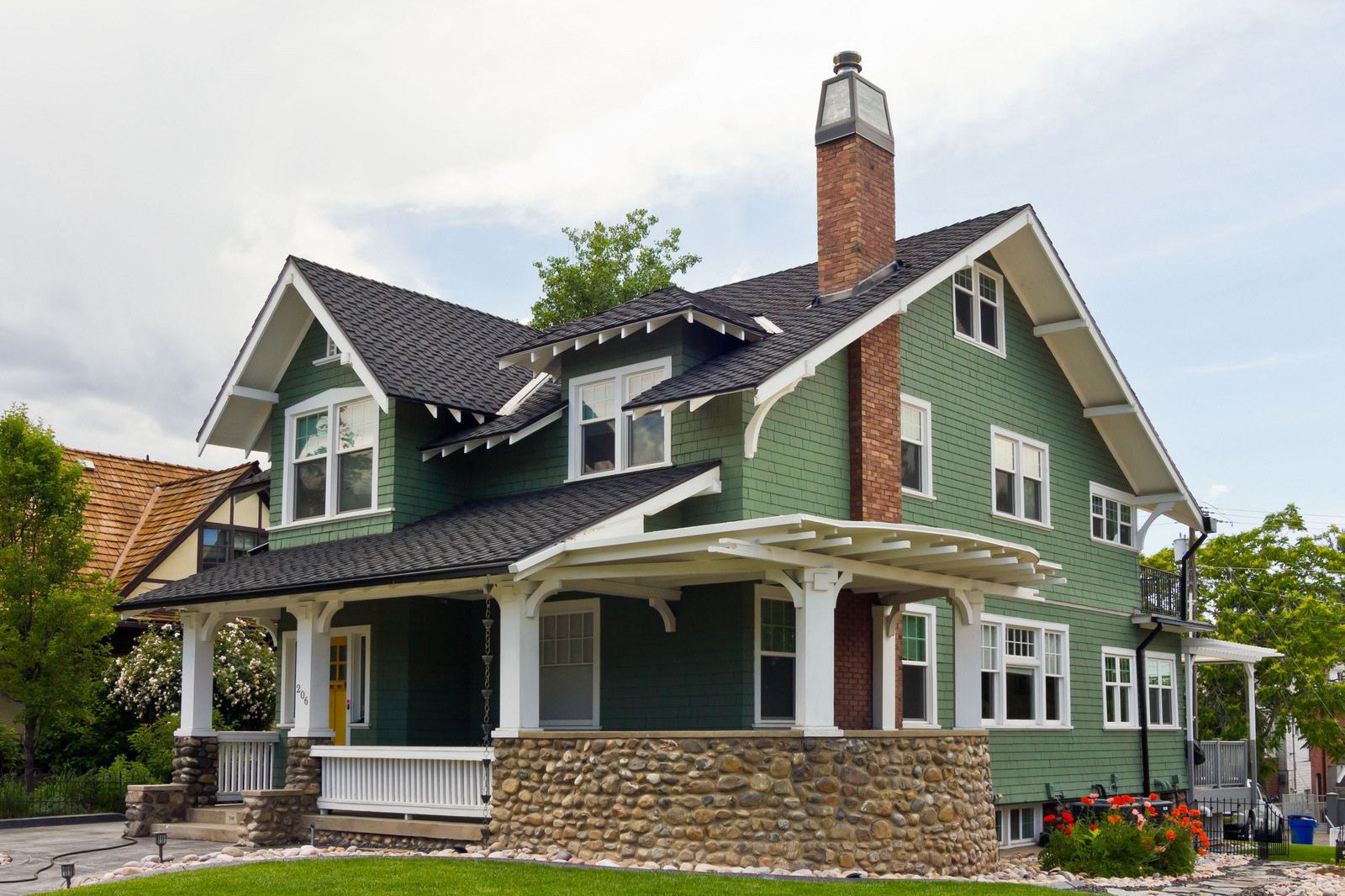Zinc Strips for Roof Moss Prevention in Vernonia, Oregon: Do They Work?
In damp climates, keeping a roof free of moss, algae, and lichen can feel like a never-ending battle. Homeowners in areas like Vernonia, Oregon, are particularly familiar with this challenge. The persistent moisture and shade create an ideal environment for these growths to thrive, leading many to seek effective prevention methods. Among the various strategies discussed, the use of zinc strips installed along the roof ridge has gained some traction as a seemingly simple solution. But how effective are these strips, particularly in combating the vigorous moss growth common in wet environments? This article delves into the mechanics of zinc strips and compares their effectiveness to other moss prevention strategies, helping homeowners understand the best approach for protecting their roofs.
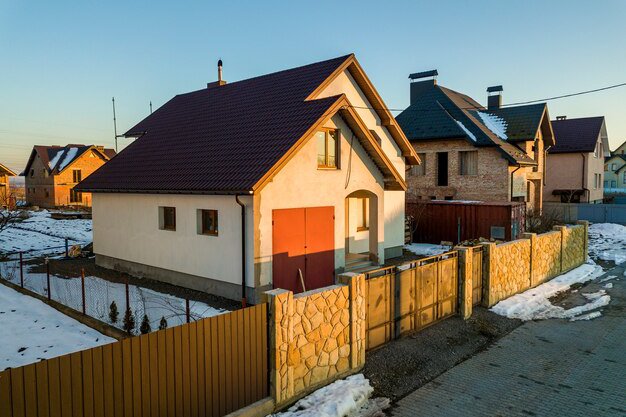
Why Moss is a Problem for Your Roof
While a light dusting of green might seem harmless, moss, algae, and lichen are more than just an aesthetic issue for your roof. Over time, their presence can lead to significant and costly damage, compromising the integrity and lifespan of your roofing system. Understanding the potential harm is the first step in appreciating the importance of effective prevention.
One of the primary concerns with moss growth is its ability to retain moisture. Moss acts like a sponge, holding water against the surface of your shingles or other roofing material long after the rain has stopped. This prolonged exposure to moisture can accelerate the deterioration of materials. For asphalt shingles, this means softening, swelling, and eventually, cracking and curling. The constant dampness can also encourage the growth of mold and mildew, potentially spreading into the underlying roof deck.
Moss also has root-like structures called rhizoids that can work their way under shingles. As the moss colony expands, these rhizoids can lift the edges of the shingles. This lifting creates gaps, making the roof vulnerable to wind uplift and allowing water to seep underneath the shingles to the underlayment and roof deck. This trapped moisture can lead to rot in the wooden decking, compromising the structural support of the roof.
Furthermore, the physical presence of moss can interfere with the natural drainage of water off the roof. Moss growth often occurs along shingle edges and in roof valleys, areas critical for directing water flow. When these areas are clogged or impeded by moss, water can back up, leading to leaks, especially around chimneys, skylights, and other penetrations.
Granule loss is another significant issue, particularly for asphalt shingles. The granules embedded in shingles protect the asphalt layer from UV rays and provide fire resistance. Moss growth, especially when combined with moisture retention, can accelerate the detachment of these granules. This exposes the asphalt to the sun, leading to premature aging, brittleness, and a reduced lifespan for the shingles.
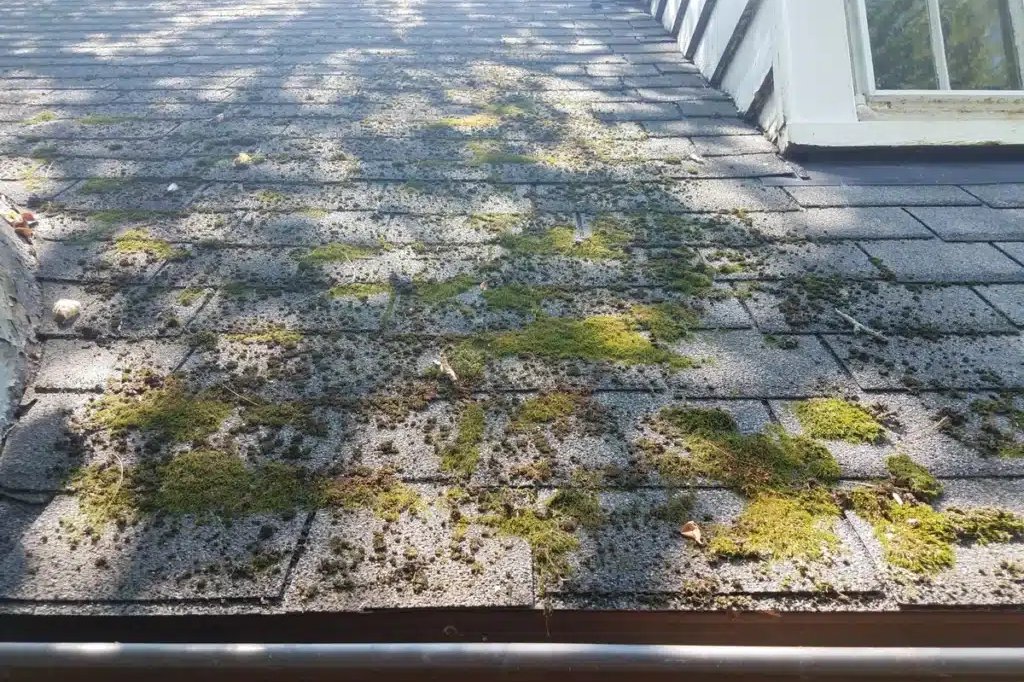
Ignoring moss can lead to serious roof damage, including moisture retention, shingle lifting, granule loss, and potential rot in the roof deck. Addressing moss proactively is crucial for maintaining your roof's health and longevity.
In summary, the unchecked growth of moss, algae, and lichen can:
- Retain moisture, leading to material deterioration.
- Lift shingles, creating entry points for water and wind.
- Impede water drainage, increasing leak risk.
- Accelerate granule loss on asphalt shingles.
- Potentially lead to rot in the roof deck.
Traditional Moss Prevention and Removal Methods
Before exploring zinc strips, it's helpful to understand the methods homeowners and professionals have traditionally used to combat roof moss. These methods generally fall into two categories: physical removal and chemical treatment.
1. Physical Removal:
This involves manually removing the moss from the roof surface.
- Brushing or Scraping: Using a stiff brush or a gentle scraper to carefully lift the moss off the shingles. This should always be done when the roof is dry to minimize damage to the shingles and granules.
- Pressure Washing: While effective at blasting moss away, pressure washing is strongly discouraged for most roofing materials, especially asphalt shingles. The high pressure can strip granules, force water under shingles, and significantly reduce the roof's lifespan. It is acceptable only for certain durable materials like some metal or tile roofs, and even then, requires expertise.
Warning: Never use high-pressure washing on asphalt shingle roofs. It can cause irreversible damage and void your warranty.
2. Chemical Treatments:
These methods use chemicals to kill moss and prevent its regrowth.
- Zinc Sulfate or Copper Sulfate Powder: These are commonly available treatments applied as a powder or mixed with water. They are spread or sprayed onto the roof surface. When it rains, the chemicals are activated and wash down the roof, killing moss and inhibiting regrowth.
- Commercial Biocides: Many proprietary roof cleaning solutions are available, often containing active ingredients designed to kill biological growth like moss, algae, and fungi. These are typically applied as a liquid spray.
- Bleach or Other Household Cleaners: Some homeowners use diluted bleach or other cleaners. However, these can be harsh, potentially damaging roofing materials, killing vegetation around the house, and being harmful to the environment. Professional products are generally formulated specifically for roofing materials.
Important: When using any chemical treatment, always follow the manufacturer's instructions carefully, wear appropriate safety gear (gloves, eye protection), and take precautions to protect landscaping, pets, and people.
Chemical treatments are generally more effective at killing existing moss and preventing regrowth than physical removal alone. However, they require reapplication over time (typically every 18-24 months in damp climates), and the dead moss still needs to wash off the roof naturally or be gently removed.
The Promise of Zinc Strips: How They Are Supposed to Work
Zinc strips, often made of galvanized sheet metal or pure zinc, are installed along the ridge cap of a roof. The theory behind their use is relatively simple: as rain falls on the roof, it washes over the zinc strip, picking up microscopic particles or ions of zinc. This zinc-infused water then flows down the roof surface. Zinc ions are toxic to moss, algae, and fungi. The idea is that the continuous flow of this treated water will kill existing growth and prevent new colonies from forming on the areas of the roof it reaches.
Installation typically involves cutting the zinc strip to length and securing it under the ridge cap shingles or just below them, using roofing nails or screws. The placement at the ridge is intended to allow the zinc ions to be distributed across the widest possible area of the roof surface with each rainfall.
The appeal of zinc strips lies in their passive nature. Once installed, they require no ongoing effort from the homeowner (unlike regular cleaning or reapplication of chemical treatments). They are marketed as a long-term, low-maintenance solution for moss prevention. However, the reality of their effectiveness, especially in challenging environments, is more nuanced.
The Reality of Effectiveness: How Far Do Zinc Strips Really Protect?
Despite the appealing simplicity of the concept, the effectiveness of zinc strips for comprehensive moss prevention, particularly in damp, moss-prone regions, is often limited. The core limitation, as indicated by research and observation, is the distance the zinc ions can effectively travel down the roof surface while maintaining a concentration high enough to inhibit growth.
The prompt states that zinc strips typically provide protection for only 15-20 feet below the strip. This is a critical piece of information. For many residential roofs, especially those with longer rafter lengths or complex shapes, this means a significant portion of the roof surface will receive little to no benefit from a single strip installed at the ridge.
Several factors contribute to this limited range:
- Water Flow Patterns: Rain doesn't always fall uniformly or flow in perfectly straight lines down the roof. Wind can affect rain patterns, and features like dormers, chimneys, valleys, and hips disrupt the flow of zinc-infused water. Areas sheltered from direct water flow will receive less treatment.
- Zinc Ion Concentration: As the water flows down the roof, the concentration of zinc ions gradually decreases. Beyond a certain distance, the concentration is too low to effectively kill or prevent moss growth.
- Roof Pitch: The steepness of the roof can affect how quickly water flows off. On steeper roofs, water runs off faster, potentially picking up fewer zinc ions or distributing them less effectively. On very low-slope roofs, drainage issues might cause pooling, but these roofs often use different materials less prone to moss anyway.
- Debris Accumulation: Leaves, pine needles, and other debris can accumulate on the roof surface, especially in valleys or behind chimneys. This debris can block the flow of zinc-infused water, creating untreated areas where moss can flourish.
- Rainfall Frequency and Intensity: The effectiveness relies on rainfall to activate and distribute the zinc. In periods of drought or very light rain, the strips may not release enough zinc, or the release might be inconsistent. Conversely, extremely heavy rain might wash the zinc away too quickly.
Zinc strips are often not a standalone solution for serious moss problems in damp climates. Their protective range is limited, typically offering effective prevention for only about 15-20 feet below the strip.
For homes with large roof areas, multiple levels, or complex designs, relying solely on ridge-installed zinc strips will inevitably leave large sections of the roof vulnerable to moss growth. While they might offer some benefit to the upper portion of the roof, they are rarely sufficient to keep the entire roof clean in areas with persistent moisture challenges.
Limitations and Downsides of Relying Solely on Zinc Strips
Beyond their limited protective range, relying exclusively on zinc strips for moss prevention can have other drawbacks:
- Aesthetics: While some homeowners don't mind the look, zinc strips are visible lines on the roof surface. Over time, they can oxidize, potentially causing discoloration or streaking down the roof, which some find unsightly.
- Staining: The runoff from zinc strips can sometimes cause staining on siding, decks, or patios below the roof edge, especially if gutters are clogged or drainage is poor.
- Installation Complexity: Proper installation requires access to the roof ridge and careful integration with the existing roofing system, often best handled by a professional roofer. Incorrect installation can lead to leaks or damage to the ridge cap.
- Doesn't Address Existing Growth: Zinc strips are primarily preventative. They work by inhibiting new growth. If your roof already has significant moss buildup, installing zinc strips will not remove the existing moss. You would need to clean the roof first, then install the strips for future prevention, but even then, their limited range means moss can regrow on lower sections.
- False Sense of Security: Relying on zinc strips might lead homeowners to neglect other essential roof maintenance, such as cleaning gutters, trimming trees, or periodic moss treatments, assuming the strips are handling the problem.
Given these limitations, especially the restricted coverage area, zinc strips should not be considered a guaranteed fix for moss problems in damp environments like Vernonia, Oregon. They are, at best, a supplementary measure that might offer some limited benefit to the upper part of the roof when combined with other, more effective strategies.
More Effective Strategies for Damp Climates
For homeowners facing persistent moss issues in damp climates, a more comprehensive and proactive approach is necessary. Relying on methods with proven effectiveness and ensuring regular maintenance is key.
1. Regular Professional Cleaning:
This is arguably the most effective way to deal with existing moss and prevent its return. Professional roof cleaners use methods specifically designed to kill moss and clean the roof without causing damage.
- Soft Washing: This is the preferred method for asphalt shingles. It involves applying a cleaning solution (often a mix of algaecides/biocides and soaps) at low pressure, allowing the solution to kill the moss, algae, and other growth. The dead organic matter is then gently rinsed away or left to wash off naturally with rain. This method is effective, safe for the roof materials, and provides longer-lasting results than simple physical removal.
- Manual Cleaning (with care): For light moss or touch-ups, a soft brush or blower can be used when the roof is dry. However, for widespread or embedded moss, professional soft washing is typically more thorough and safer.
For effective moss removal and prevention on asphalt shingles, professional soft washing is highly recommended over pressure washing.
Frequency: In damp climates, professional cleaning might be needed every 2-3 years, or even more frequently depending on surrounding trees and shade.
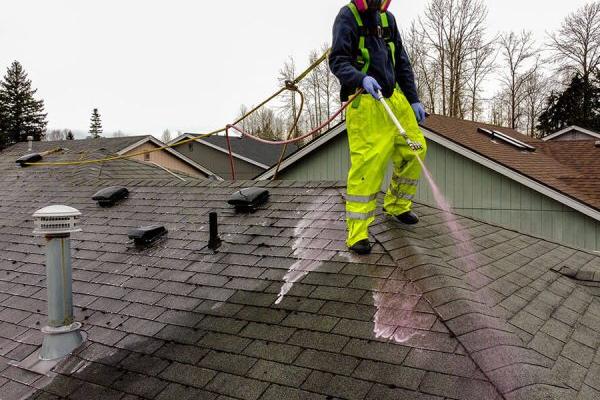
2. Targeted Moss Treatments:
Applying specific moss-killing treatments (like those containing zinc or copper compounds, or commercial biocides) directly to the roof surface can be very effective. These treatments kill existing moss and leave behind residues that inhibit regrowth for a period.
- Application: Treatments can be applied as powders, granules, or liquid sprays. Liquid sprays often provide more uniform coverage.
- Timing: Treatments are often applied in late fall or early spring when moss is actively growing but before heavy summer heat.
- Maintenance: Regular reapplication (typically every 18-24 months in damp areas) is necessary to maintain effectiveness.
3. Improving Roof Ventilation:
Proper attic and roof deck ventilation is crucial for regulating temperature and, more importantly, moisture levels. A well-ventilated attic helps to keep the roof deck cooler and drier, making it less hospitable to moss and algae.
- How it Works: Adequate soffit (intake) and ridge (exhaust) vents create a natural airflow that draws in cooler, drier air from the outside and pushes hot, moist air out of the attic.
- Benefits: Reduced moisture buildup on the underside of the roof deck, less temperature fluctuation which can stress shingles, and a less inviting environment for biological growth on the exterior.
Proper roof ventilation is key to reducing moisture buildup that encourages moss growth. Ensure you have adequate intake (soffit) and exhaust (ridge or box) vents.
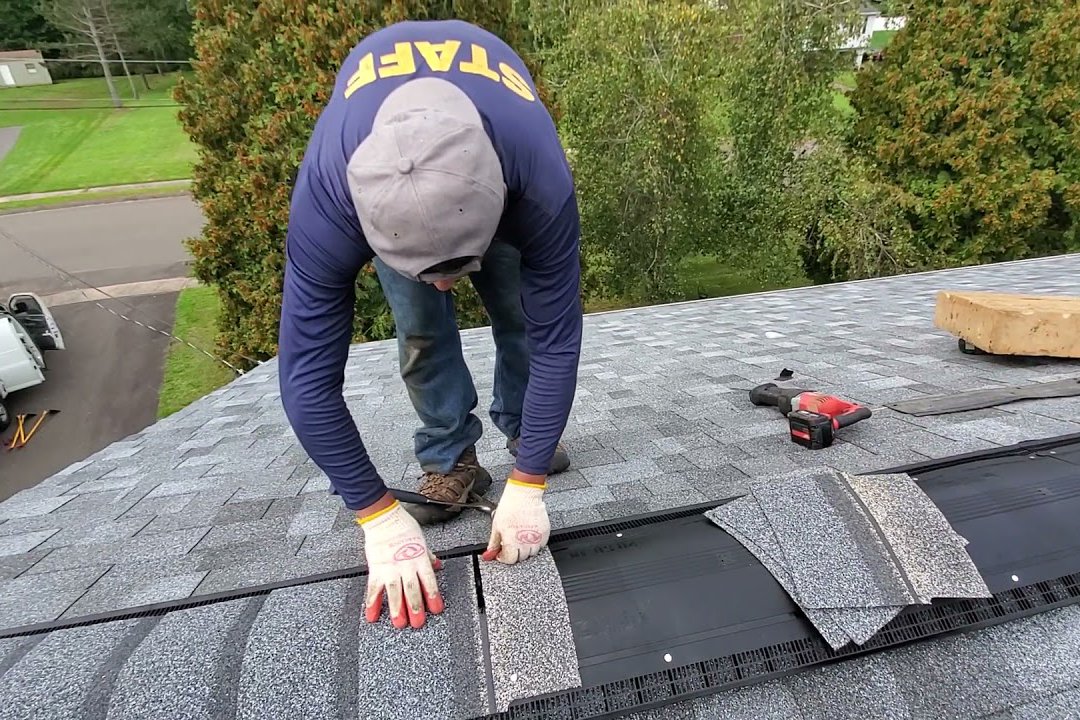
4. Trimming Overhanging Branches:
Trees providing shade can keep a roof surface damp for longer periods, promoting moss growth. Overhanging branches also drop leaves and debris that accumulate and retain moisture. Trimming branches back away from the roof allows for more sunlight and air circulation, helping the roof dry faster after rain.
5. Ensuring Proper Drainage:
Keeping gutters and downspouts clean and free of debris is essential. Clogged gutters cause water to back up onto the roof edge, creating a constantly wet environment where moss thrives. Proper drainage ensures water flows quickly off the roof and away from the foundation.
6. Considering Moss-Resistant Materials:
When it's time for a roof replacement, consider using roofing materials designed to resist moss and algae growth.
- Algae-Resistant Shingles: Many asphalt shingle manufacturers offer shingles with copper granules embedded within the standard ceramic granules. Copper ions are toxic to algae and moss, providing long-term resistance. These are often marked as "AR" (Algae Resistant).
- Metal or Tile Roofs: While not entirely immune, materials like metal and tile are generally less susceptible to moss growth than asphalt shingles due to their surface properties and how they shed water.
Combining Strategies for Best Results
In damp climates, the most effective approach to moss prevention is typically a multi-pronged strategy that combines several methods. Relying on a single solution, especially one with limited effectiveness like zinc strips used alone, is unlikely to yield satisfactory long-term results.
A robust moss management plan might include:
- Annual inspection and gentle cleaning of gutters and roof surfaces to remove debris.
- Professional soft washing or targeted chemical treatment every 2-3 years (or as needed based on growth).
- Ensuring optimal attic ventilation to reduce moisture from below.
- Regularly trimming trees near the house.
- Using algae-resistant shingles if replacing the roof.
Zinc strips, if used, should be seen as a minor supplement to these more impactful strategies, potentially offering a small amount of added protection to the very upper portion of the roof, but not as a primary defense.
When to Seek Professional Help
Dealing with roof moss can be challenging, especially on steep roofs or if the growth is extensive. Attempting DIY cleaning or treatments without proper safety equipment and knowledge can be dangerous. Furthermore, if you suspect moss has already caused damage, a professional assessment is crucial.
You should consider contacting a roofing professional if:
- You have extensive moss growth covering a large portion of your roof.
- You see signs of potential damage, such as lifted shingles, leaks, or sagging in the roof deck.
- Your roof has a steep pitch, making DIY work unsafe.
- You are uncomfortable working on ladders or roofs.
- You want the most effective and long-lasting cleaning and prevention solutions.
- You need an assessment of your roof's overall condition due to moss or age.
Finding a qualified and reliable roofer can sometimes feel daunting. Fortunately, platforms exist to simplify this process.
If you're planning a roof replacement, budgeting for future projects, comparing costs, or just want a general evaluation of your roof's potential moss issues without an in-person visit, get a quick estimate online.
Get your free instant roof estimate
For urgent situations like active leaks, storm damage, or any scenario requiring immediate professional inspection and potential emergency repairs due to moss-related damage, booking an appointment directly with a pre-vetted local roofer is the quickest way to get help.
Book a roofing appointment
Remember, services like SkyQuote connect you with qualified local contractors; they do not perform the roofing work or inspections themselves. They are a platform to help you find the professionals you need.
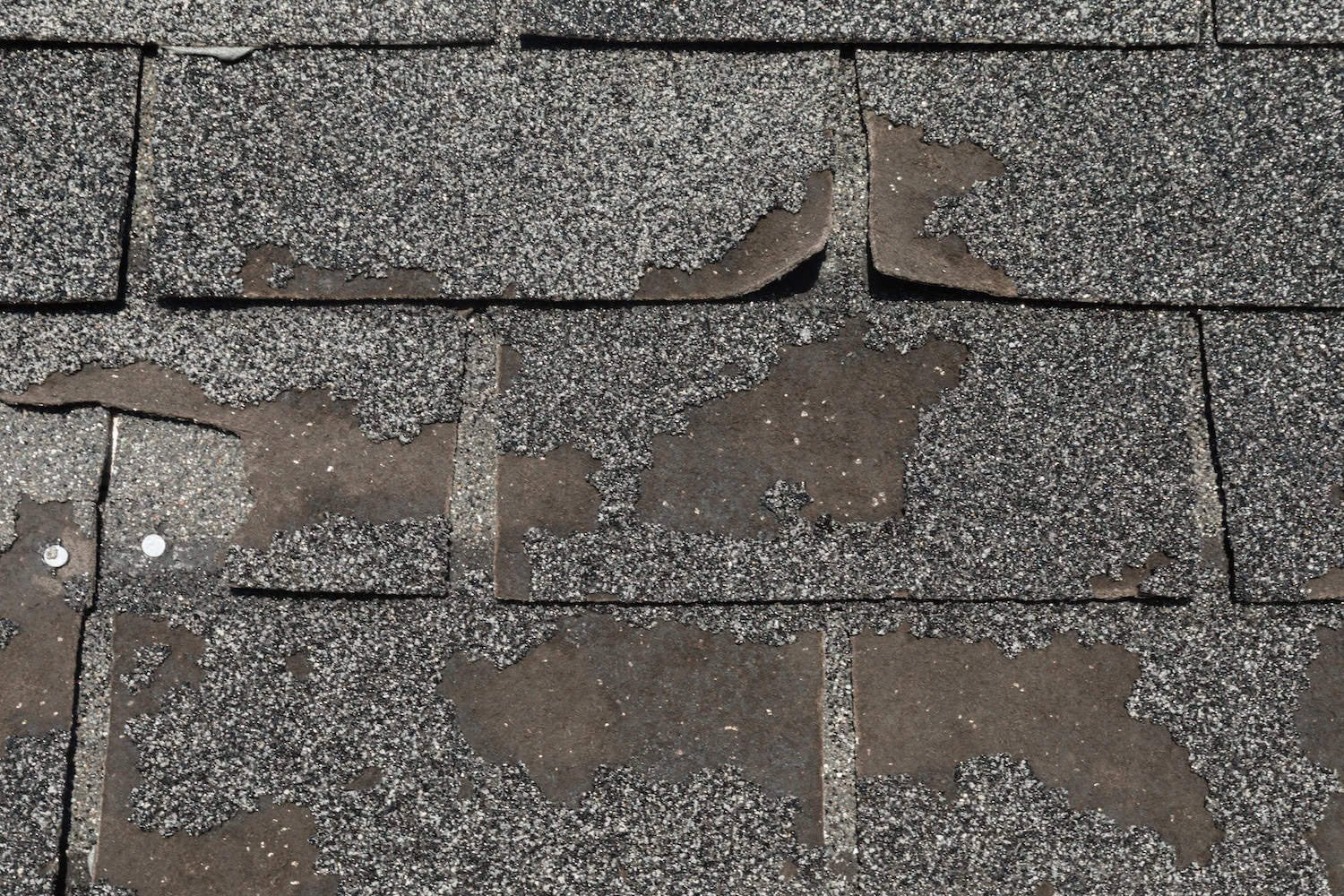
Protecting Your Home from Moss
In conclusion, while the concept of zinc strips for moss prevention is appealingly simple, their practical effectiveness is limited, typically only protecting a short distance down the roof slope. In damp climates where moss is aggressive, such as Vernonia, Oregon, relying solely on zinc strips is unlikely to solve the problem. A more effective strategy involves regular professional cleaning, targeted treatments, improving roof ventilation, managing surrounding trees, and ensuring proper drainage. By combining these proven methods, homeowners can significantly reduce moss growth, protect their roofing investment, and maintain the health and appearance of their home for years to come. Don't wait for moss to cause significant damage; proactive prevention and maintenance are key.
